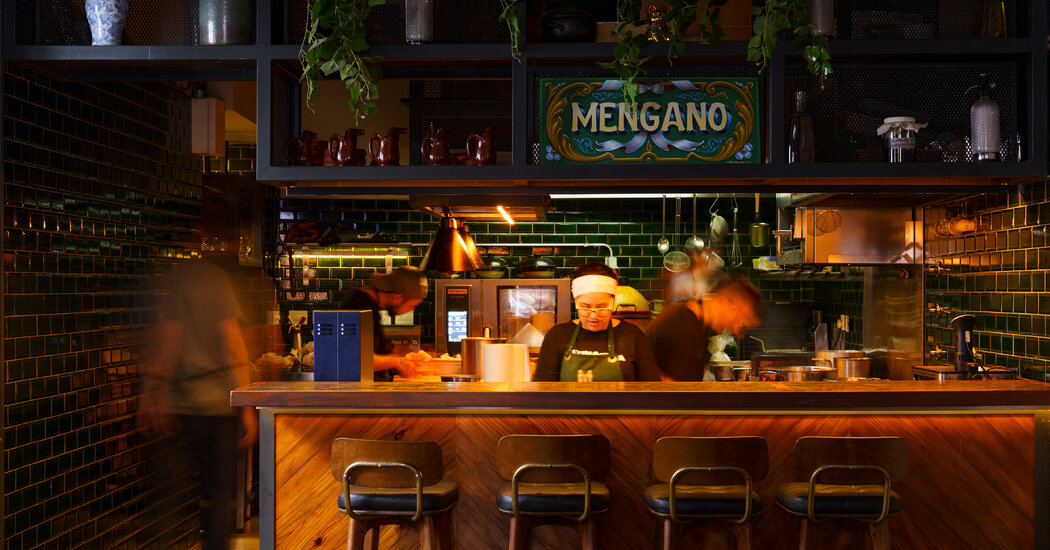If you’re planning to dine out in Buenos Aires, be prepared for an unfamiliar sight: lines. As the city springs back to life, the streets feel almost celebratory, an antidote to the lingering side effects of extended Covid lockdowns. Alfresco tables are packed. Locals who would never have queued up for dinner before the pandemic are now willing to wait for a taste of what a new generation of chefs is cooking up.
Julio Baez: Showing off the bounty of the land
“There’s a mentality of ‘I don’t know what’s going to happen tomorrow, so I am going to enjoy life now,’” said Julio Baez, 37, who opened his 22-seat restaurant Julia in the up-and-coming Villa Crespo neighborhood in 2019. Because of inflation, it’s too expensive for most Argentines to travel abroad right now, he explained, so they’re spending their money on a good meal and a fun night out.
Like many young chefs in the city, Mr. Baez is championing Argentine ingredients for their quality and sustainability. “The land is so fertile in Argentina,” Mr. Baez said. “We want to show that off.”
At Julia and his newest restaurant, Franca, also in Villa Crespo, Mr. Baez sources fruits and vegetables from small producers across Argentina that he fuses with global flavors to create a parade of original dishes. Julia’s seasonal à la carte dishes and 10-course tasting menu (30,000 pesos, or about $150 — prices are as of mid-February but are subject to change because of inflation) both include fresh squid from Patagonia tossed in a yogurt-walnut pesto and crowned with sliced avocado (3,500 pesos); semi-dehydrated watermelon tartare (3,500 pesos); and Wagyu beef aged with koji (cooked fermented rice), Provençal potatoes and a shio koji emulsion (12,500 pesos).
Lis Ra: Piling Korean flavors on Argentine favorites
In nearby Chacarita, Lis Ra, 33, reimagines flavors from her youth at Na Num, the 34-seat Korean-fusion restaurant she opened in July 2020 in a former pharmacy space. “When I was growing up, my parents always mixed Korean and Argentine food, so this combination of flavors comes naturally to me,” she said.
To make her own fermented pastes and sauces, she uses ingredients like spicy chile flakes, ginger, garlic and soy sauce to season fresh Argentine produce, seafood, meats and cheeses. “I love piling flavors and textures on top of each other,” Ms. Ra said.
A big seller for vegans is a dish that riffs on humitas — a traditional northern Argentine corn pudding — that’s…
Click Here to Read the Full Original Article at NYT > Travel…
